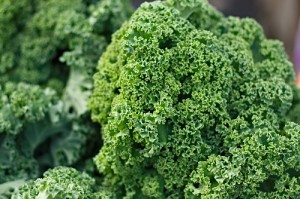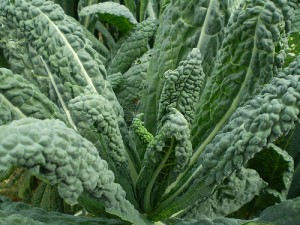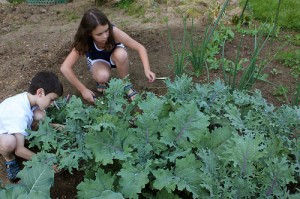Kale causes more confusion for low oxalate dieters than any other vegetable. So let’s clear the air and answer some basic questions about kale.
Q: Is kale low oxalate?
A: It depends. Like a lot of vegetables, the oxalate content of kale varies greatly depending on the variety of kale and the cooking method. A few decades ago, oxalate scientists tested some unknown variety of kale, using old, inaccurate testing methods, and determined it was high oxalate. So, most low oxalate food lists on the internet (or handed out in doctors’ offices) are out-of-date and list kale as high oxalate and off-limits (see Why Are the Low Oxalate Food Lists so Inconsistent for more information). Fortunately, the VP Foundation added kale to their oxalate testing program in 2007, and using the new, more accurate testing techniques, found that a half cup of steamed kale is medium oxalate, and a half cup of boiled and drained kale is low oxalate. The bad news is we don’t know which variety was tested!
In 2011, the Autism Oxalate Project tested curly kale and dino kale (lacinato kale). A half cup of curly kale, raw, is medium oxalate (9.3 mg. oxalate), while a half cup of boiled and drained dino kale is low oxalate (3.5 mg.!). We don’t know the oxalate content of curly kale when cooked, but presumably boiling curly kale will reduce the oxalate content just as it did for the unknown variety (boiling reduced the oxalate content for the unknown variety a lot!!!). We also don’t know the oxalate content of dino kale when raw or steamed, but presumably it is higher than 3.5 mg. per half cup, possibly a lot higher.
So, is kale low oxalate? Yes, if you use dino kale and if you boil it first.
Q: Where do I get dino kale?
A: You can buy dino kale at many natural food markets, farmers’ markets or mainstream supermarkets, especially when it’s in season (dino kale is a cool season green, which means it is grown in the fall or spring in higher latitudes and in winter in the lower latitudes). You can also grow it in your own garden or in containers on your balcony or porch (buy dino kale seeds here). I find it very easy to grow and harvest. Plus, boiled greens like kale freeze well for use in winter soups.
Q: The kale at my grocery store is just labeled “kale.” How can I tell what variety it is?
A: Most of the kale in grocery stores will be one of three varieties. The most common is curly kale. It has a broad leaf with crinkly or curly edges and a color that ranges from light green to dark purple (see the top picture). You might also find red Russian kale (also called red winter kale) whose leaf is sage-colored with red veins and has a shape similar to an oak leaf (see picture to your right.) Red Russian Kale has not been tested for oxalate content. Third, is our friend, low oxalate dino kale, which also may be called black kale, lacinato kale, Tuscan kale, nero kale, dinosaur kale or black palm kale (whew!). It has a deep green, oblong leaf with a bumpy or “bubbly” texture that resembles dinosaur skin (see the middle picture). Once you learn to identify the three commercially grown varieties of kale, you won’t have to worry about what they call it at the grocery store! You’ll be able to pick up your reptilian-skinned greens and make a pot of yummy southern style low oxalate greens or chicken sausage soup with confidence.
Photo credits go to woodlywonderworks for Kids Harvesting Kale, tuscanycious for Kale and Nick Saltmarsh for Green Curly Kale.



{ 13 comments… read them below or add one }